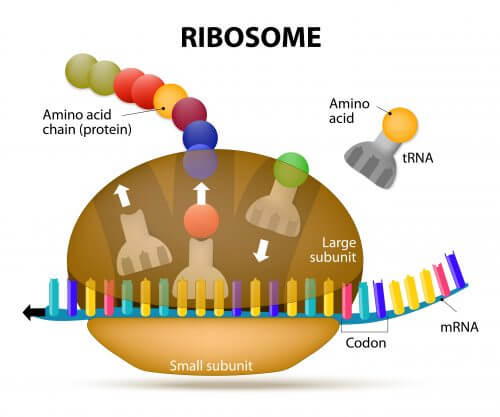A new method may shed light on the dynamic processes of large molecules, and teach new details about biological mechanisms

The question: Is it possible to use non-linear light phenomena to learn about the properties of materials?
The findings: The institute's scientists have developed a method that makes it possible, through the design of very short flashes of light, to learn about the interrelationships between the atoms in a molecule, what with methods based on magnetic resonance.
In the photos from the right (from top to bottom): Dr. Tim Bayer and Prof. Yonine Alder In the large photo: From the right: Hadas Frostig, Prof. Yaron Zilberberg and Prof. Nirit Davidevitz. A ray of light
In the photos from the right (from top to bottom): Dr. Tim Bayer and Prof. Yonine Alder In the large photo: From the right: Hadas Frostig, Prof. Yaron Zilberberg and Prof. Nirit Davidevitz. A ray of light
The point of view of each of us is indeed individual, but the mechanism we use to see is, at its core, quite similar - the light enters, hits the material, returns from it - and scatters in the direction of the person observing it. This is, so to speak, a phenomenon that is easy to understand, but there are other optical phenomena - non-linear - that may be negligible in everyday life, but can be used to learn about the properties of materials. Weizmann Institute of Science scientists have developed a new method, based on non-linear optical means, to study the structure of different molecules, and the interrelationships that exist between them.
The spectroscopy method developed by the scientists is two-dimensional; That is, with this method, the reaction of the molecule to illumination at two different wavelengths is measured. "Two-dimensional spectroscopy makes it possible to study the dynamics that take place between the atoms in a molecule, similar to methods based on magnetic resonance," says Hadas Frostig, a PhD student in Prof. Yaron Zilberberg's group. Using this method it is possible to follow rapid changes in the structure of molecules and their interaction with their environment. "The structure of the molecule often determines its behavior in reactions with other molecules," says Frostig. "For example, the form in which a protein is folded determines its function in the processes that occur in the human body."
The spectroscopy method developed by the scientists is two-dimensional; That is, with this method, the reaction of the molecule to illumination at two different wavelengths is measured
This is not the first attempt to develop a spectroscopy method based on a non-linear phenomenon, and as in previous attempts, this time too the scientists are basing themselves on the Raman phenomenon. This phenomenon causes a change in the wavelength of the light when it is scattered from the material, and the difference between the incoming wavelength and the scattered wave makes it possible to identify the material and learn about the structure of the molecules in it. The first developments did indeed begin in the 90s of the last century, but beyond the cumbersome use of a large amount of laser beams - which creates a multitude of problems of stabilizing and focusing the beams - a difficulty arose that seemed, at the time, to be insoluble: spectroscopy of this type creates, in fact, Two signals: a useful signal, which the scientists need to extract information, and another signal - a parasite - which does not provide any information, but its shape is the same as that of the useful signal, and many times it will even be more dominant. At that time, attempts were made to weaken the parasitic signal, but in the end the method was abandoned.
The research group - which included Prof. Yaron Zilberberg, Prostig, as well as Prof. Nirit Dudovitz, the (former) post-doctoral researcher Dr. Tim Bayer, and Prof. Yonina Alder from the Technion - showed that by designing the temporary form of short flashes of light - so Short, until the ratio between their length and a minute is the same as the ratio between a minute and the age of the universe - they are able to create a two-dimensional spectroscopic method using only one laser beam. This is how the scientists avoided the cumbersome task of matching the laser beams to each other. Beyond that, the use of this method makes it possible to differentiate between the useful signal and the parasitic signal. "Since we discover a mixing of light that was scattered from the sample and light that was not scattered from it, instead of filtering and using only the part that was scattered from the sample, we benefit," says Frostig: "The light that was not scattered from the sample cleans the parasitic signal, and increases the effective signal." In fact, the combination between the amplification and the wavelength change, which is unique to Raman frequency gap scattering, is the key to the success of the method.
In the future, the scientists hope that this method, which is in the first stages of its development, will be able to shed light on the dynamic processes of large molecules, and teach new details about biological mechanisms that rely on a structural change in these molecules.
Science books
In their experiments, the scientists used flashes of light that lasted 30-25 femtoseconds (ten millionths of a billionth of a second).
